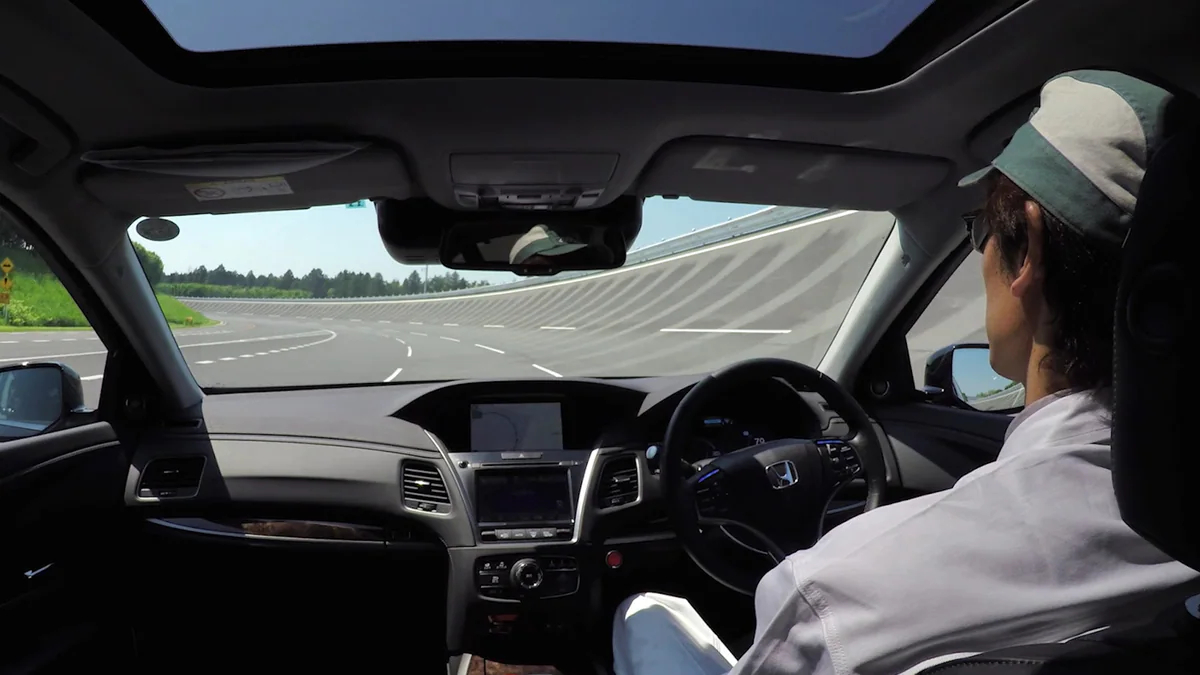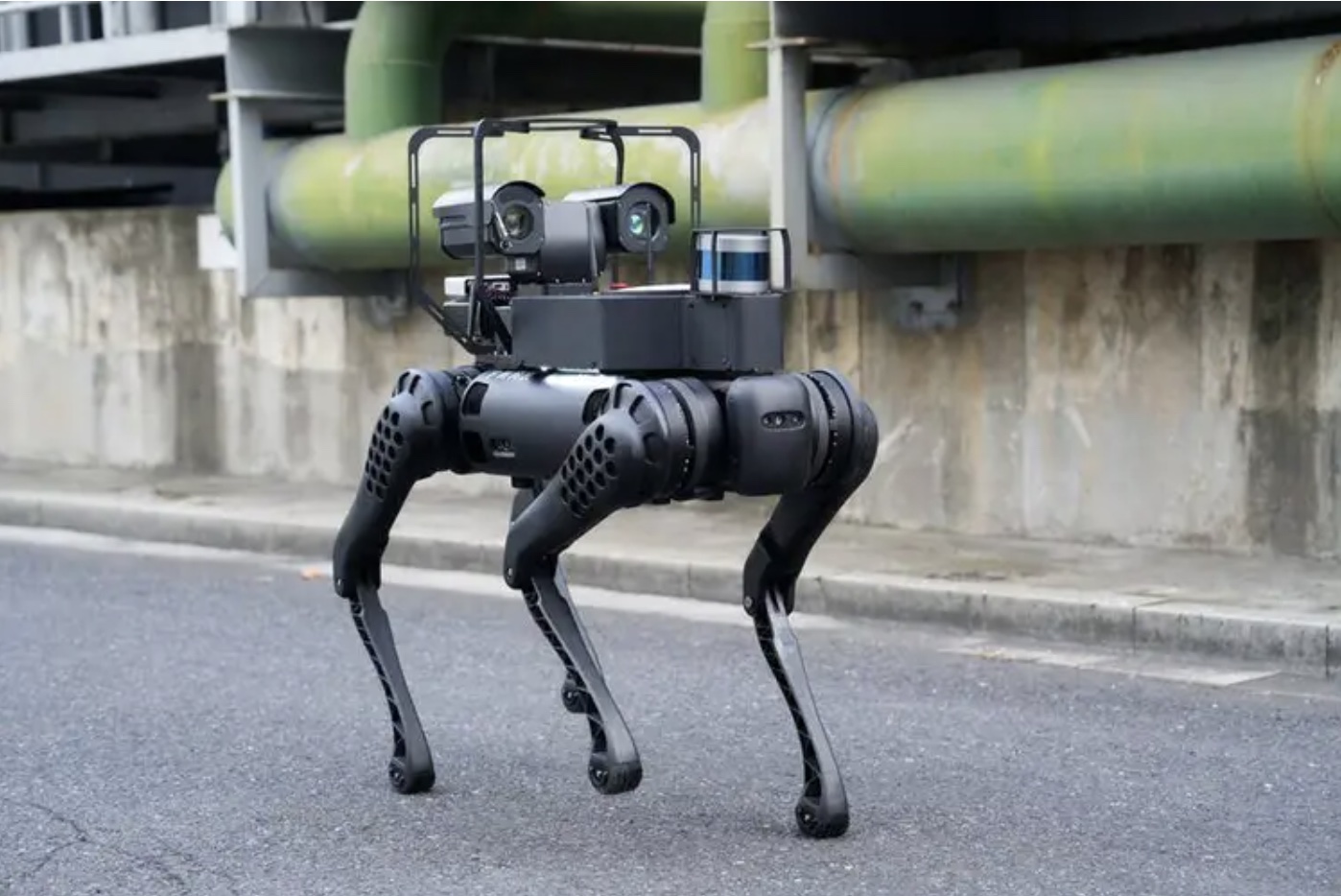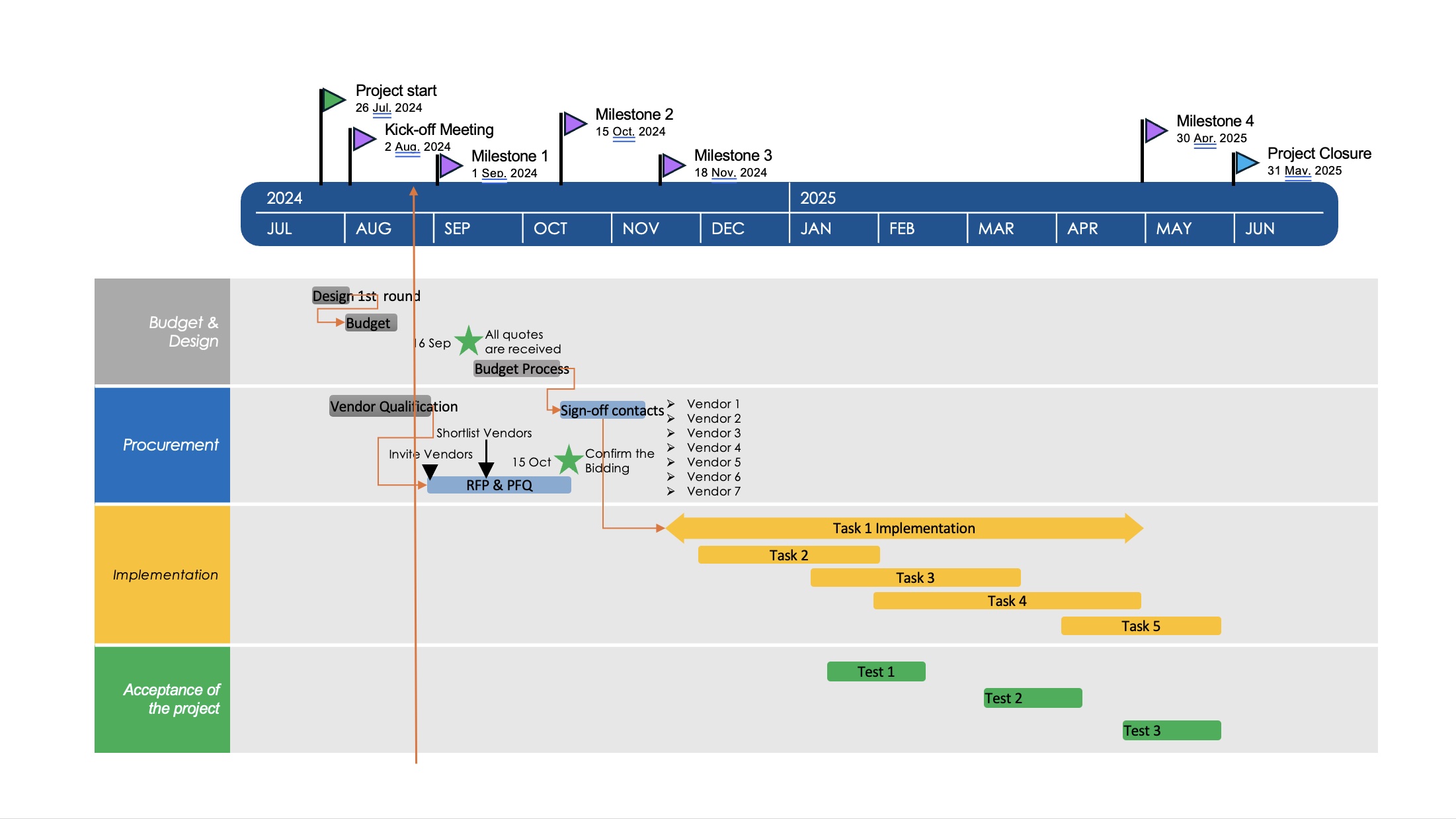Car autonomous driving level classification
Autonomous driving is a term that refers to the ability of a vehicle to operate without human intervention. However, not all autonomous vehicles are created equal. There are different levels of autonomy, ranging from zero to five, that describe how much the vehicle can do on its own and how much the human driver needs to be involved.
Level 0: No automation. The human driver is in full control of the vehicle at all times. The vehicle may have some basic features, such as cruise control or lane keeping assist, but they do not perform any driving tasks.
Level 1: Driver assistance. The vehicle can assist the human driver with either steering or acceleration/deceleration, but not both at the same time. The human driver must monitor the driving environment and be ready to take over at any time.
Level 2: Partial automation. The vehicle can perform both steering and acceleration/deceleration tasks under certain conditions, such as on highways or in traffic jams. The human driver must still monitor the driving environment and be ready to take over at any time.
Level 3: Conditional automation. The vehicle can perform all driving tasks under certain conditions, such as on highways or in designated areas. The human driver does not need to monitor the driving environment, but must be ready to take over when the vehicle requests or when the conditions change.
Level 4: High automation. The vehicle can perform all driving tasks under most conditions, without any human intervention. The human driver can choose to take over if they want, but it is not required.
Level 5: Full automation. The vehicle can perform all driving tasks under all conditions, without any human intervention. The human driver is not required and may not even be present in the vehicle.

Current Development
Level 4 is the next big step in autonomous driving. It means that the car can handle all aspects of driving in certain situations, such as highways, urban areas, or specific geofenced zones. The driver does not need to pay attention or intervene, but can still take over if they want to or if the system fails. Level 4 cars can also decide when to pull over or park if they encounter a problem or an emergency.
Level 4 is not a distant dream. It is already being tested and developed by several companies and organizations around the world. Some examples are Waymo, Tesla, Uber, Lyft, Baidu, and Volvo. They are using advanced sensors, cameras, radars, lidars, and artificial intelligence to create self-driving systems that can navigate complex and dynamic environments.
Level 4 is coming soon to a road near you. It will bring many benefits and challenges for drivers, passengers, pedestrians, regulators, insurers, and society at large. It will also raise many ethical, legal, and social questions that need to be addressed before it becomes widely available. How will we ensure safety and reliability? How will we share responsibility and liability? How will we protect privacy and security? How will we adapt to a new way of mobility and transportation?
Self-driving level 4 cars are vehicles that can operate without human intervention in most situations, but may require a driver to take over in some cases. These cars use a combination of sensors, cameras, radar, and artificial intelligence to navigate the roads and handle complex scenarios.

A few examples of self-driving L4 cars
Some examples of self-driving L4 cars are:
- Waymo One: This is a robo-taxi service that operates in Phoenix, Arizona. Users can hail a ride using an app and travel in a Chrysler Pacifica minivan equipped with Waymo’s technology. The service is available in a limited area and has a safety driver on board, but the car can handle most driving tasks on its own.
- Tesla Full Self-Driving: This is a software upgrade that enables Tesla owners to access features such as Navigate on Autopilot, Smart Summon, Auto Lane Change, and Traffic Light and Stop Sign Control. The system can drive the car from point A to point B on highways and city streets, but requires the driver to be attentive and ready to intervene at any time.
- Zoox: This is a startup that is developing a fully electric and autonomous vehicle that is designed for urban mobility. The vehicle has no steering wheel or pedals, and can move in any direction. The company plans to launch a robo-taxi service in San Francisco and Las Vegas in the future.
These are some of the topics that we will explore in this blog series. Stay tuned for more updates and insights on level 4 autonomous driving.




Each post is a window into The thoughts, and I must say, the view is stunning.
What a compelling read! The arguments were well-presented and convincing.
A masterpiece of writing! You’ve covered all bases with elegance.
Impressed by The nuanced clarity. It’s like you’re explaining quantum physics to a toddler, and they get it.
Thoughtful analysis that made me think, which is quite the feat these days.
Edithmae Palacio diaz